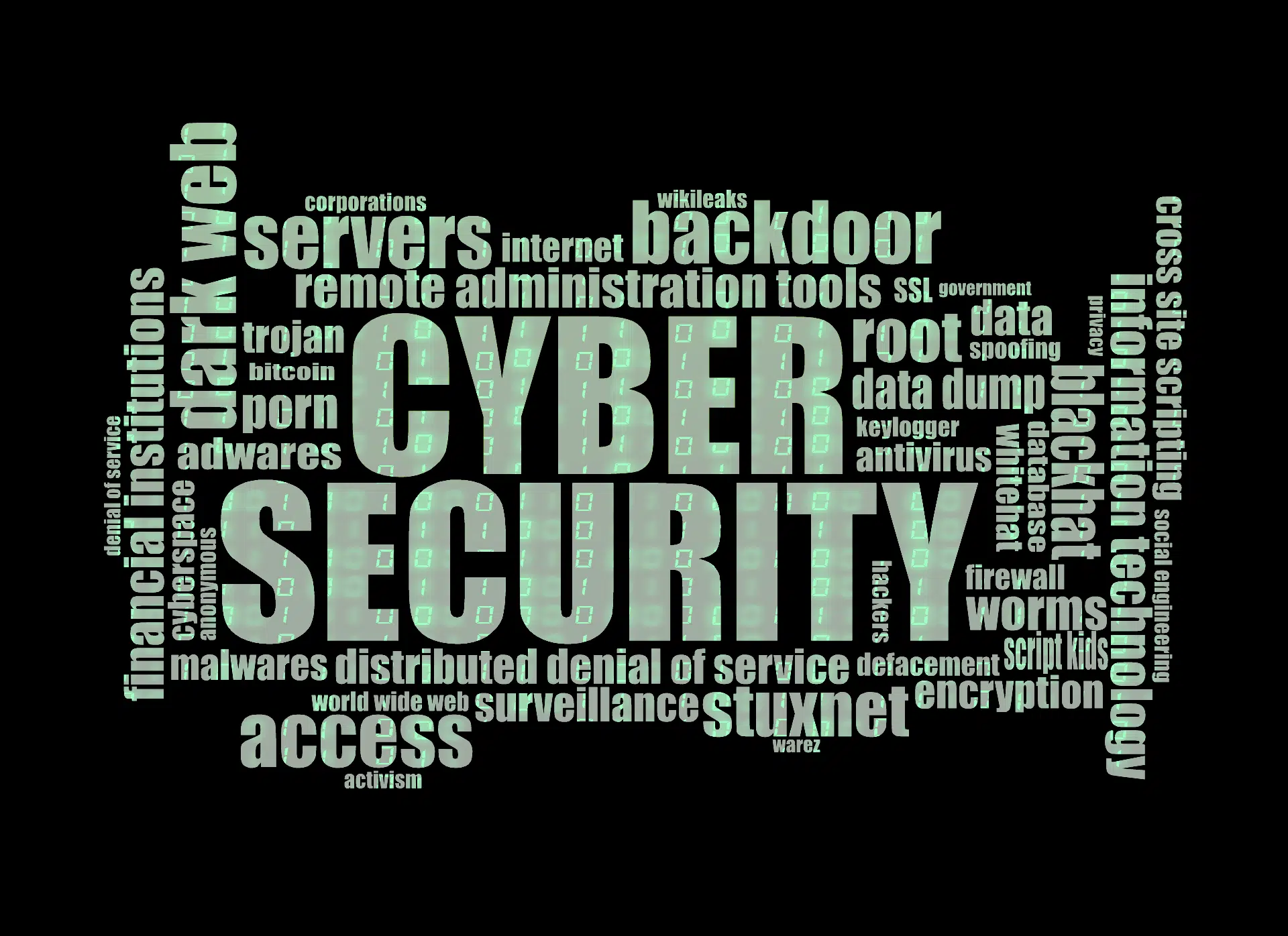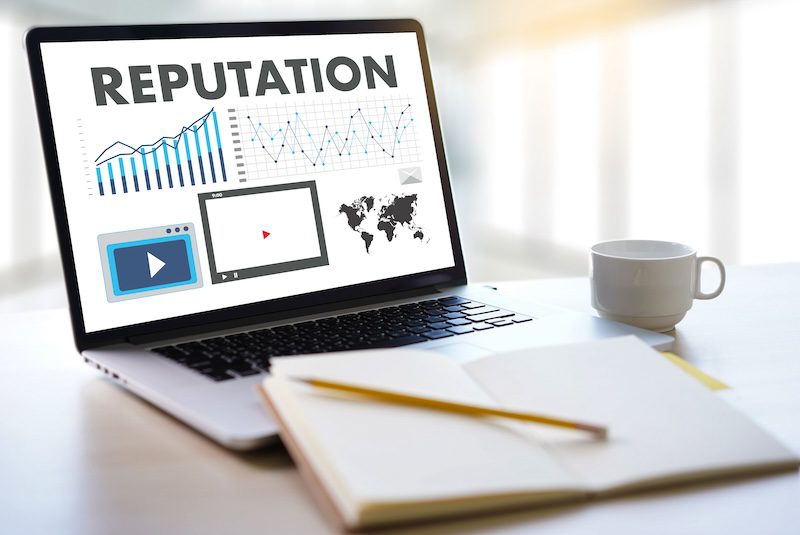What You Should Know About Executive Privacy Risk Management

What is executive privacy risk management? Get answers below, or contact an Executive Privacy Specialist today.
Today, many employees make common but avoidable errors, such as reusing old passwords. This can put the information of your company and other workers at risk.
This might lead you to wonder what you should know about executive privacy risk management and how to prevent different attacks.
This article will take a look at what privacy risk management is, and how it can help your business stay safe.
Read on to explore all about risk management protection, and keep your business safe today.
How Data Is Exposed
Considering gathering and selling data is a huge industry, it can pose a grave threat to your executives. This information can be from corporate records, social media activity, and even news stories.
Hackers can obtain such information, including their date of birth, full name and their family members, phone numbers, home address, and even financial information.
Mobile Security Threats
As an executive, you’re likely often traveling and on your mobile device. This increases the risk of falling victim to a mobile security threat.
Similarly to spyware and other computer viruses, your tablet or smartphone can also experience security threats. Such threats often allow hackers to monitor your activities, including at your home.
Some common security threats are:
- Physical device breaches
- Wi-FI interference
- Poor passwords
- Cryptojacking
- Out-of-date breaches
- Data leakage
Keeping Executive Privacy Safe
Preparation and planning ahead are the top ways to protect your online privacy.
First, make sure your devices are locked when they’re not in use.
Second, if your executives are involved in different industry groups or nonprofit organizations, ask them to decrease or remove their personal information on their website. The goal is to minimize the information floating around the internet.
There are websites where people can search for information about you. You can choose to remove personal information from these websites.
While the process might seem tedious, it’s necessary to protect your data. It’s a good idea to perform a monthly check since new records can appear at any time.
Encryption
Encryption is where you protect both the data in transit and the data at rest. In such cases, the information can only be decrypted if you have the decryption key. If you ever want to end access to the data, then you can destroy the keys.
Anonymization
Anonymization is where you alter the data to the point where it can’t be identified. Keep in mind this always comes with a residual risk.
Training Your Employees
One of the top causes of a data breach is an employee clicking on a malicious link in an email.
To stop this from happening, train your employees on the best practices for protecting information and keeping your company safe.
Teach your staff about the importance of good browsing practices and visiting only trustworthy websites. Show them examples of strong passwords and how to avoid weak passwords, when possible.
Also, instruct your employees to never click links or downloads from unknown emails. Remind them that hackers often pose as trustworthy email addresses.
How do you create a good password? Strong passwords tend to include:
- At least 1 number
- 1 lowercase letter
- 1 uppercase letter
- 10 characters or more
- 1 special character
Securing Your Network
Along with encryption, you’ll want a firewall to protect the information of yourself and your company. Ensure that your Wi-Fi is hidden and secure.
To do so, set up your router or wireless access point to hide the network’s name. Also, make sure there’s a password to protect access to your router.
Understanding the Difference Between a Breach and Incident
A breach is when personal or sensitive information has been accessed without permission. When a breach occurs, you report it to the organization and anyone impacted by the breach.
A privacy incident, however, is when someone compromises personal information. This may include any time a co-worker violates corporate procedures or privacy policies.
Risk Identification
Identifying risk is where you determine what can cause a potential loss to the assets of the company. This helps determine why and how the loss can occur.
First, identify the assets, threats, existing controls, vulnerabilities within and across your IT system. Next, determine the chance of a breach or security crisis occurring and root out any weaknesses.
Common Threats
Cyber threats commonly experienced by businesses include phishing, malware, ransomware, and viruses. Phishing is when a website or email infects your machine to collect information.
These emails often appear to come from a trusted individual or company. And once you open them, they try to persuade you to open an attachment or click on a link.
Malware
Malware is a type of software that can cause damage to your computer or your information network. Common examples of malware include ransomware and viruses.
Ransomware restricts access to a computer once infected. They won’t open it back up until you pay a certain amount. These are often from software or phishing emails.
Viruses are programs that can spread from computer to computer. Once a virus is implemented, the hacker can gain access to your system.
Understanding What To Know About Executive Privacy Risk Management
This guide should give you a better understanding of what to know about executive privacy risk management.
In business, you’ll want to protect your privacy and personal information online. If not, you run the risk of a hacker gaining information about your financials, along with your personal information.
Different platforms such as social media can influence others to have access to your personal information.
If you’re looking to protect your privacy online, give us a call. Contact us today, and get a free online consultation.



